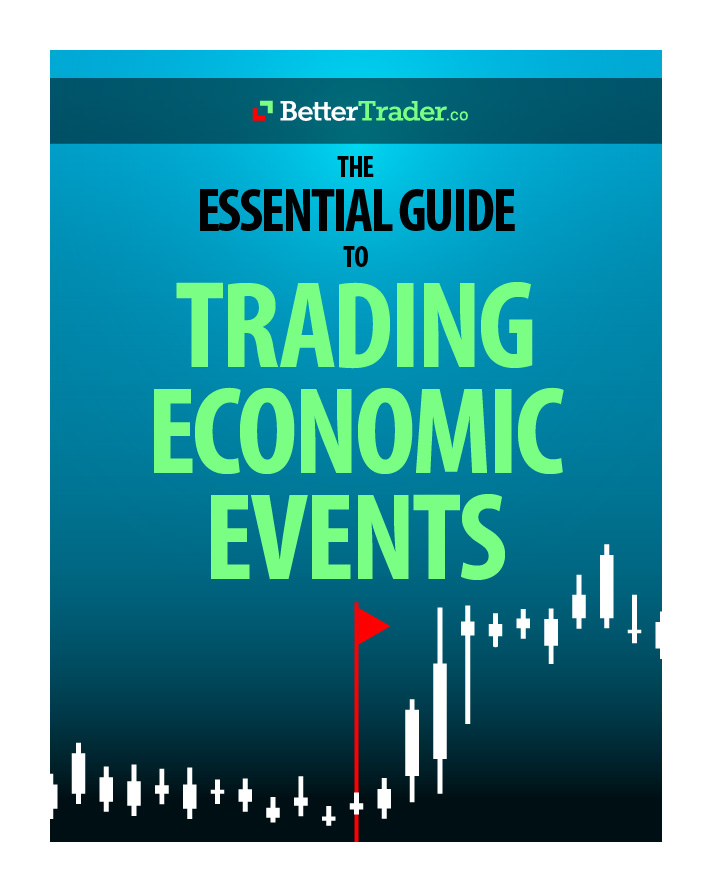In trading, there is promised risk, yet one of the few safety devices is the risk/ reward calculation. The concept of the risk-reward ratio is a general trade-off involving nearly anything from which a return can be generated. Anytime you trade something, regardless of whether it is small or large, there is a risk. To compensate for the risk you are expecting a return greater than the potential losses. As one of a few safety precautions, it is crucial that you perform the risk/reward calculation correctly and don’t rush into trading without a safety net. This article will outline the proper way to calculate risk/reward and the significance of calculating correctly.
The Calculation:
The calculation of risk/reward is very easy. All you need to do is divide your reward by the delta of your maximum risk. The risk delta is (entry point – stop loss). It is crucial that you pick your stop loss, entry point and profit target point – well, without rushing into the trade and that it is chosen through a well-intended method. You don’t want to place a stop loss at an arbitrary level. Rather, you want to place your stop loss in an educated and informed point in order to act as a barrier to prevent the price from devastating your trade.

The Importance of not Rushing into Trade:
Every good trader has a stop-loss, and the importance of creating a well-informed stop loss can not be stressed enough. Let’s look at an example to prove how not rushing into trade and thinking about this stop loss is so significant.
To set up the scenario: If you set a $30 sell limit price as the upside,$20 as the stop loss, and you have a profit of $80. This means once your stop-loss order reaches $20, you sell it and look for the next opportunity.


Let’s assume now that your profit stays at $80, but you raise your stop-loss price to $23. This means you’re risking $40 loss in total. You now have a risk/reward ratio of 80/40 which is 2:1.
It is important to note that in order to get this risk/reward ratio of 2:1 you did not try to create more profit for yourself. If you change the attempted profit, in order to achieve an acceptable risk/reward, you’re now relying on hope instead of research. Relying on the hope of making a profit is not an efficient, winning approach. Rather than upping your profit target, you should focus on what you can control which is risk management. Being more conservative with this risk management is always a better idea. The more meticulous you are regarding stop loss, the better your chances of being profitable. Through being patient and lowering your entry point, you can keep the risk moderate and increase the risk-reward ratio without “hoping” unrealistic market reaction.
The Steps to Calculating Risk/Reward:
As seen through the sketches, the steps to calculate risk/reward are as follows:
- Pick a market to trade after much research
- Set the entry point, exit point and stop-loss based on the current price
- Calculate the risk/reward
- If it is below your favor ratio, lower your entry-point to attempt to achieve an acceptable ratio.
Conclusion:
Using this risk/reward calculation and paying close attention to stop loss, entry point, and profit target you are guaranteed to prevent yourself from rushing into a trade and making uninformed decisions that can result in a devastating loss of trade. It is always important to note, however, that even if you follow all these steps, if the risk/reward becomes unfavorable, you can and should not initiate the trade. Knowing this as well will ensure successful trades.
Next article:
Artificial Intelligence: How AI Can Make You a Better Trader













